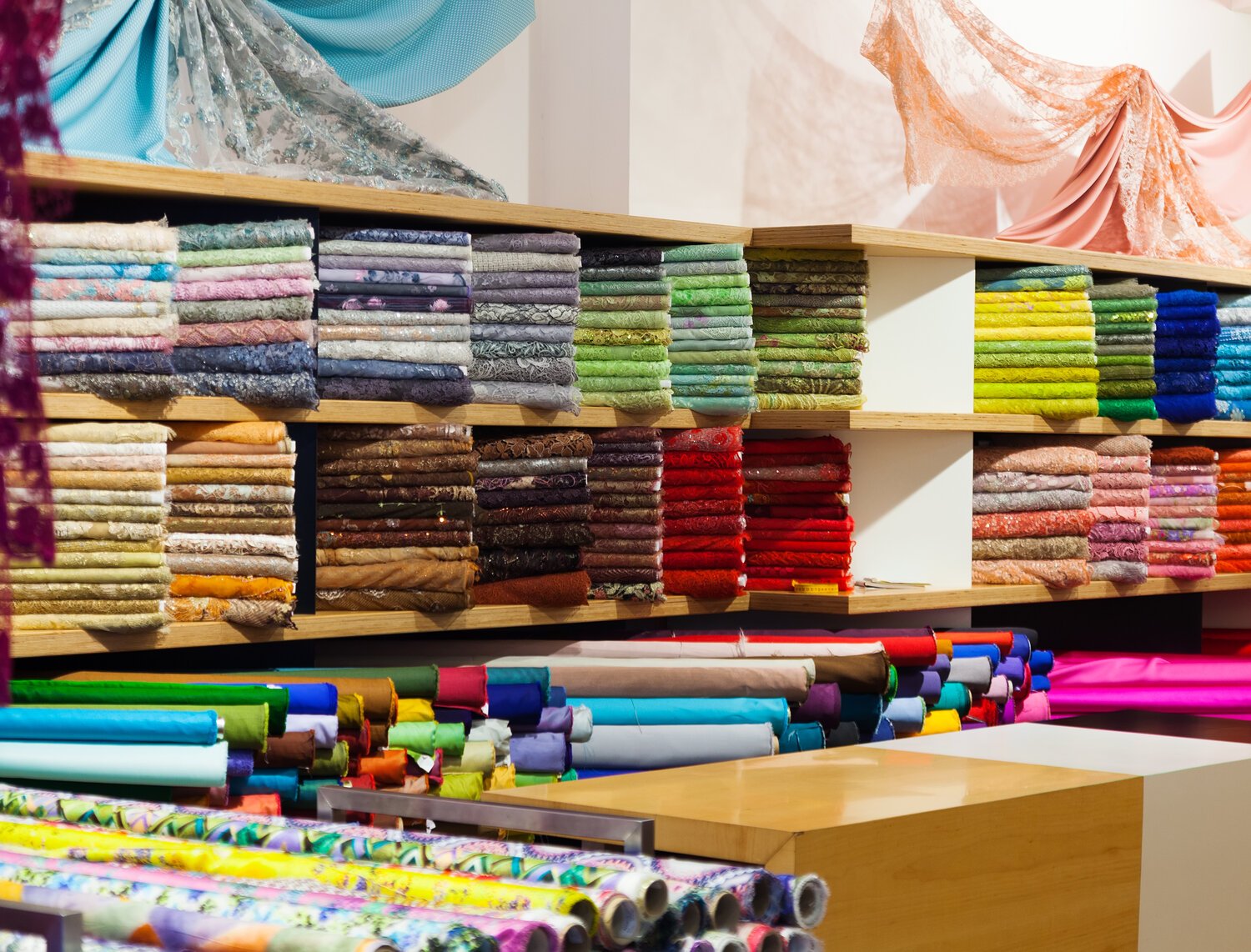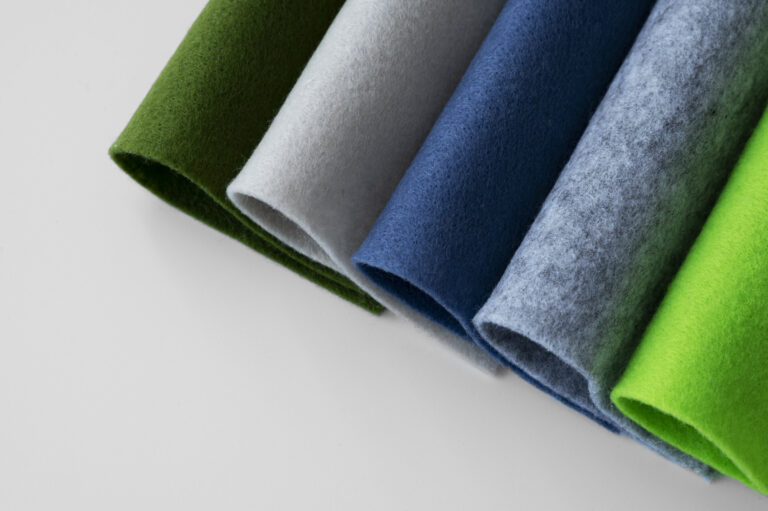The Benefits of Vibrant Colors: Exploring 10 Advantages of Digital Print Base Fabrics
Digital printing technology has revolutionized the fabric industry, allowing for more vibrant colors and greater customization options. This post explores the advantages of digital print base fabrics and the benefits of vibrant colors.
Benefits of Vibrant Colors
Fabrics are an essential part of our daily lives, and vibrant colors can make a big difference in their appearance, benefits of vibrant colors are stated below
Also read: 4 Top Differences Between Translucent and Opaque Fabrics
1) Improved Aesthetics
Vibrant colors can make a design stand out and add depth to the fabric. In the past, achieving vibrant colors on fabrics was challenging, and it required a lot of effort and resources.
However, digital printing technology has made it easier to achieve vibrant colors on fabrics, even for complex designs.
Digital printing technology has made it possible to print any design on any fabric, regardless of the complexity of the design.
This technology allows for the use of many colors, which results in more vibrant designs. In the past, the use of many colors on fabrics was limited because of the cost of production.
However, digital printing has reduced the cost of production, making it possible to use many colors without incurring high production costs.
Examples of Fabrics that Have Benefited from Vibrant Colors
Many fabrics have benefited from the use of vibrant colors, including curtains, tablecloths, upholstery, and clothing.
For example, curtains with vibrant colors can add personality and depth to a room. Vibrant colors on tablecloths can add a festive touch to any occasion, while vibrant colors on upholstery can make furniture stand out.
In clothing, vibrant colors can make a design pop, which is essential in the fashion industry.
2) Digital Printing Technology and Vibrancy of Colors
Digital printing technology has significantly improved the vibrancy of colors on fabrics. This technology allows for the use of more colors, resulting in more vibrant designs.
Digital printing technology has made it possible to achieve vibrant colors on fabrics, even for complex designs.
Digital printing technology uses inkjet technology to transfer the design onto the fabric. The ink is sprayed directly onto the fabric, which allows for more precise placement of the design.
This technology allows for more vibrant colors because the ink is absorbed more deeply into the fabric, resulting in a more intense color.
3) Enhanced Durability
Another advantage of using digital print base fabrics is the enhanced durability of the fabric.
Digital print base fabrics are more durable than traditional fabrics, and the use of vibrant colors on digital print base fabrics results in less fading.
Digital printing technology uses a process called fixation to ensure that the ink is permanently fixed onto the fabric.
This process involves heating the fabric to a high temperature, which causes the ink to bond with the fabric. As a result, digital print base fabrics are more durable and resistant to fading than traditional fabrics.
Examples of How Vibrant Colors Have Improved Durability
Vibrant colors have improved the durability of many fabric applications, including outdoor cushions, awnings, and flags.
For example, outdoor cushions with vibrant colors can withstand exposure to the elements better than cushions with muted colors.
Vibrant colors on awnings can also withstand exposure to the sun and rain better than awnings with muted colors. Flags with vibrant colors can withstand exposure to wind and rain better than flags with muted colors.
4) Increased Customization Options
Digital printing technology has increased the customization options for fabric designs. This technology allows for more complex designs, and the use of vibrant colors results in more customized fabric designs.
As a result, digital printing technology has opened up many possibilities for fabric designers and manufacturers.
Digital Printing Technology and Customization Options
Digital printing technology has made it possible to print any design on any fabric, regardless of the complexity of the design.
This technology allows for more customized fabric designs because it is possible to print any design onto any fabric.
The use of many colors also allows for more complex and detailed designs, which results in more customization options.
Examples of Fabric Applications that Have Benefited from Increased Customization Options
Many fabric applications have benefited from the increased customization options provided by digital printing technology and vibrant colors.
For example, custom printed t-shirts have become popular because of the ability to print complex designs with vibrant colors.
In the fashion industry, digital printing technology has allowed designers to create unique and custom prints for their clothing lines.
In the interior design industry, digital printing technology has allowed for custom printed wallpaper and custom printed upholstery.
5) Improved Sustainability
Digital printing technology has also improved the sustainability of fabric production. This technology uses less water and fewer chemicals than traditional fabric production methods.
Additionally, the use of vibrant colors can be achieved with fewer resources using digital printing technology.
Digital Printing Technology and Sustainability
Digital printing technology uses less water and fewer chemicals than traditional fabric production methods.
The ink used in digital printing technology is water-based, which means that it requires less water than traditional printing methods.
Additionally, digital printing technology allows for precise placement of the design, which reduces the amount of ink used.
This precision also results in less waste and reduces the environmental impact of fabric production.
Examples of Sustainable Fabric Production Using Digital Printing Technology and Vibrant Colors
Many companies have adopted sustainable fabric production methods using digital printing technology and vibrant colors.
For example, Stella McCartney has created a collection of sustainable clothing using digital printing technology.
The collection includes dresses, tops, and jackets made from sustainable fabrics and printed with vibrant colors.
10 Advantages of Digital Print Base Fabrics
Digital print base fabrics are fabrics that have been specially designed for digital printing technology. They offer many advantages in the fabric industry, making them a popular choice among designers and manufacturers.
1) Greater Customization Options
Digital print base fabrics offer greater customization options than traditional fabric production methods.
Digital printing technology allows for precise placement of designs on fabrics, which means that designers can create complex and detailed designs that were previously impossible with traditional printing methods.
2) Faster Production Times
Digital printing technology is faster than traditional printing methods. It allows for high-speed printing without sacrificing quality, which means that manufacturers can produce fabrics in a shorter amount of time.
3) More Vibrant Colors
Digital printing technology produces more vibrant colors than traditional printing methods. This is because the ink used in digital printing technology is absorbed more deeply into the fabric, resulting in brighter and more vivid colors.
4) High-Quality Prints
Digital printing technology produces high-quality prints that are sharp and detailed.
This is because the ink used in digital printing technology is absorbed directly into the fabric, resulting in high-quality prints that do not fade or wash out over time.
5) Greater Consistency
Digital printing technology produces fabrics with greater consistency than traditional printing methods.
This is because digital printing technology allows for precise placement of designs on fabrics, resulting in consistent prints throughout the fabric.
6) More Sustainable
Digital printing technology is more sustainable than traditional printing methods. It uses less water and fewer chemicals, which means that it has a lower environmental impact than traditional printing methods.
7) Cost-Effective
Digital printing technology is cost-effective compared to traditional printing methods. It eliminates the need for expensive setup costs and reduces waste, resulting in cost savings for manufacturers.
8) High-Quality Reproduction of Fine Art
Digital print base fabrics can be used to reproduce fine art on fabrics. This is because digital printing technology produces high-quality prints that are sharp and detailed, resulting in fabrics that are true to the original artwork.
9) Suitable for Small Production Runs
Digital printing technology is suitable for small production runs. This is because it eliminates the need for expensive setup costs, making it cost-effective for manufacturers to produce small quantities of fabrics.
10)Suitable for a Variety of Fabric Types
Digital printing technology is suitable for a variety of fabric types, including natural fibers, synthetic fibers, and blends. This makes it a versatile printing technology that can be used for a wide range of fabric applications.
Conclusion
In conclusion, digital print base fabrics and vibrant colors offer many advantages in the fabric industry.
The use of vibrant colors on fabrics improves the aesthetics of designs, enhances the durability of fabrics, increases customization options, and improves the sustainability of fabric production.
Digital printing technology has revolutionized the fabric industry, making it possible to achieve vibrant colors on fabrics easily and cost-effectively.
The potential of digital printing technology and vibrant colors in fabric design and production is vast, and it is exciting to see the innovations that will come in the future.


